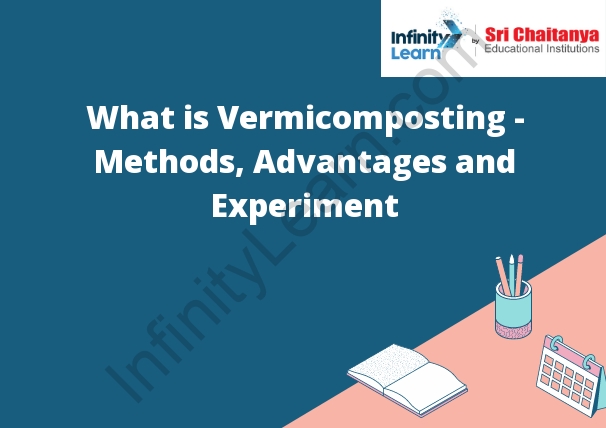Table of Contents
Introduction to Vermicomposting
Vermicomposting is the process of using worms to break down organic waste into compost. The worms eat the organic waste and digest it, breaking it down into compost. The compost can then be used to fertilize plants.

What is Vermicomposting?
Vermicomposting is the process of using worms to break down organic matter into compost. The worms eat the organic matter and their droppings are a nutrient-rich compost that can be used to fertilize plants.
Advantages of Vermicompost Method
Some advantages of vermicomposting include:
-It is a natural process that does not use any chemicals.
-It is a slow process, which allows time for the compost to break down slowly, making it more effective.
-The worms eat the organic matter and help to break it down, making the compost easier to use.
-The compost created through vermicomposting is high in nutrients, which makes it ideal for use in gardens and farming.
-The worms also help to aerate the compost, which makes it more effective.
Process of Vermicomposting /Procedure
The process of vermicomposting can be summarized into the following steps:
1. Choosing the right container – The first step is to choose the right container for vermicomposting. This can be a bin, a barrel, or a pile. The container should have a lid or a cover to keep the moisture in and to prevent the compost from becoming wet.
2. Choosing the right worms – The second step is to choose the right worms. Red wigglers or Eisenia fetida are the best type of worms for vermicomposting.
3. Introducing the worms to the compost – The third step is to introduce the worms to the compost. This can be done by putting the worms into a bin filled with moistened bedding. The bedding can be made from leaves, straw, or cardboard.
4. Adding the compost – The fourth step is to add the compost. The compost can be added in small amounts at a time. The worms will eat the compost and create vermicompost.
5. Harvesting the vermicompost – The fifth step is to harvest the vermicompost. This can be done by removing the compost from the bin and then separating the compost from the worms. The worms can be used again in the bin.
What is Vermicomposting?
The process of composting with worms, called vermicomposting, is a great way to recycle organic waste, including kitchen scraps and paper. Red wigglers, Eisenia fetida, are the most common type of worm used in vermicomposting, but any earthworm can be used. These worms eat organic waste and produce a nutrient-rich compost that can be used to fertilize plants.
Methods of Vermicomposting
There are a number of different methods of vermicomposting, each with its own advantages and disadvantages.
1. Windrow vermicomposting
Windrow vermicomposting is the most popular method of vermicomposting. In this method, the worms are kept in a large pile or windrow and the organic waste is added to the top. The worms migrate down through the pile, digesting the organic matter as they go. The vermicompost is collected from the bottom of the pile.
Windrow vermicomposting is a relatively cheap and easy method to set up, and it can be done on a small or large scale. However, the windrow can be difficult to manage, especially if it is wet, and it can be difficult to tell when the vermicompost is ready to harvest.
2. Vermicomposting bins
Vermicomposting bins are a popular alternative to windrow vermicomposting. In a bin system, the worms are kept in a container and the organic waste is added to the top. The worms migrate down through the bin, digesting the organic matter as they go. The vermicompost is collected from the bottom of the bin.
Vermicomposting bins are a popular choice because they are easy to set up and manage. They are also less likely to become wet and smelly than a
Advantages of Vermicomposting
Some advantages of vermicomposting are that it is a very efficient way to compost, it does not produce any offensive odors, it can be done indoors, and it is a great way to recycle food waste.









